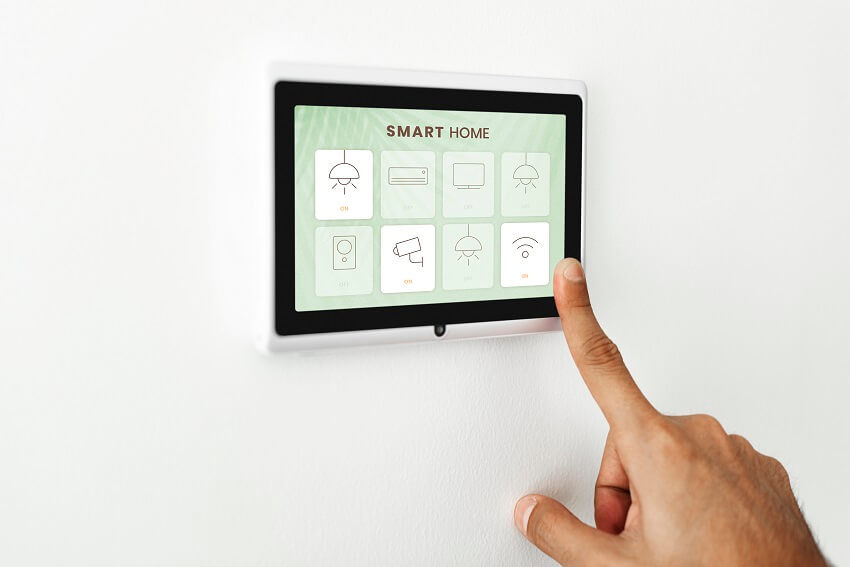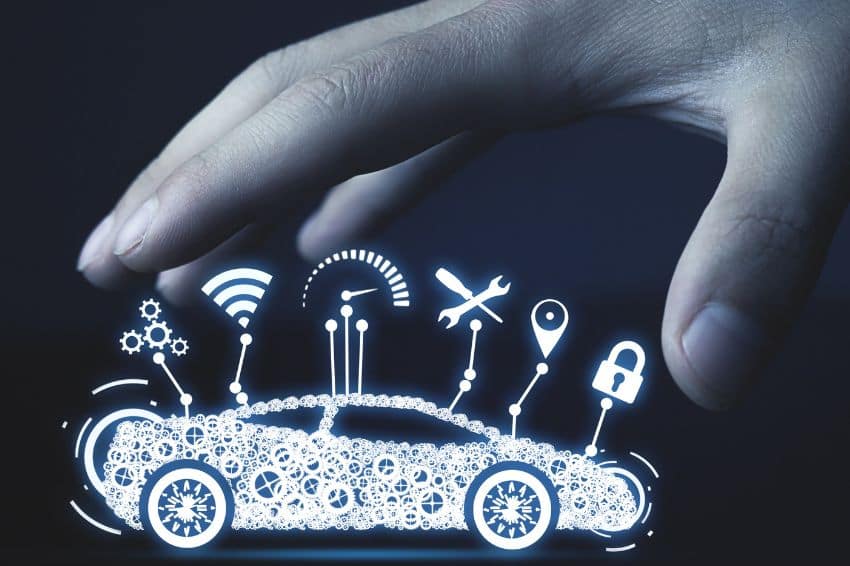MicroPython is a lean and efficient Python 3 programming language implementation, designed specifically to run on microcontrollers and in constrained environments. This powerful yet compact version of Python includes most of the core Python libraries. It is optimized to fit on microcontrollers with limited resources, often with as little as 256KB of flash memory and 16KB of RAM.
When can MicroPython be used?
If you are looking for firmware programming it means you are building a device that requires a specific language to work. This programming language is what makes the IoT devices in daily life perform particular actions that the user is not normally aware of (like temperature control, battery monitoring, updates, etc.).
MicroPython can be employed in a wide variety of applications, particularly where low power consumption and compact form factor are critical. Here are some common use cases:
1. IoT Devices
MicroPython is well-suited for IoT applications due to its ease of use and rapid prototyping capabilities. It enables developers to quickly iterate and deploy code to sensors, actuators, and communication modules.
2. Wearable technology
Among the different types of wearable technology, MicroPython can be ideal for its compact nature since these devices require efficient code execution within small hardware footprints.
3. Educational purposes
Its simplicity and Python-based syntax make MicroPython an excellent choice for teaching programming and electronics. Educational platforms like micro:bit use MicroPython to help students learn to code.
4. Home automation
MicroPython can be used in smart home devices to control lighting, temperature (see IoT temperature sensor), and security systems, providing an accessible way to develop and maintain home automation projects.
Advantages of MicroPython
MicroPython brings several benefits to the table, making it a competitive choice for embedded systems development (difference between embedded software and firmware):
1. Ease of use
Python is known for its readability and simplicity. MicroPython retains these characteristics, making it easy for developers to write and maintain code.
2. Rapid prototyping
The high-level nature of Python allows for quick development and testing, which is crucial in embedded systems where development cycles need to be short (see IoT with Python).
3. Rich library support
MicroPython includes many standard Python libraries and modules, reducing the need for writing code from scratch. This extensive library support accelerates development and enables complex functionalities.
4. Interactive REPL
MicroPython provides a REPL (Read-Eval-Print Loop) interface, allowing developers to interact with the microcontroller in real time. This feature is invaluable for debugging and iterative development.
Disadvantages of MicroPython
Despite its many advantages, MicroPython also has some drawbacks compared to other embedded programming languages commonly used for microcontrollers, such as C and C++:
1. Performance
MicroPython is interpreted rather than compiled, which can lead to slower execution speeds compared to compiled languages like C. For performance-critical applications, this can be a significant limitation.
2. Memory usage
Although MicroPython is designed to be lightweight, it still requires more memory than low-level languages. Microcontrollers with extremely limited resources might struggle to run MicroPython effectively.
3. Limited low-level access
MicroPython abstracts away many low-level details, which can be a disadvantage when precise hardware control is needed. Languages like C offer finer control over hardware resources and peripherals.
4. Community and support
While growing, the MicroPython community is still smaller than that of traditional languages like C. This can lead to fewer resources, libraries, and third-party support options.
MicroPython vs. Other Programming Languages for Microcontrollers
MicroPython vs. C/C++
Ease of use: MicroPython is much easier to learn and use than C/C++, making it ideal for beginners or people who need to work on rapid prototyping.
Performance: C/C++ offers superior performance and lower memory usage, which is critical for resource-constrained applications.
Development Speed: MicroPython enables faster development cycles due to its high-level nature and interactive REPL.
MicroPython vs. Arduino (C-based)
Syntax and readability: MicroPython’s syntax is cleaner and more readable compared to Arduino’s C-based environment (see libraries for Arduino).
Libraries and ecosystem: Arduino has a larger ecosystem and more mature libraries tailored for embedded systems.
MicroPython vs. JavaScript (Node.js)
Resource efficiency: MicroPython is generally more resource-efficient than JavaScript, which can be memory-intensive.
Community: JavaScript has a larger community, especially in web development, but MicroPython is more specialized for embedded systems. If you need embedded firmware development companies you can count on DeepSea Developments to deliver the best service in firmware coding and testing.
Did you know all this about MicroPython? While it may not match the performance and low-level control of languages like C, its advantages in rapid prototyping and ease of use make it a compelling choice for many embedded systems applications. Whether for educational purposes, IoT projects, or home automation, MicroPython is a versatile tool that continues to grow in popularity and capability.
Electronic product developers can offer you many options for embedded systems, the only way to know which is the best language is to check your project and evaluate the different features, technologies, and components needed to make it work.








